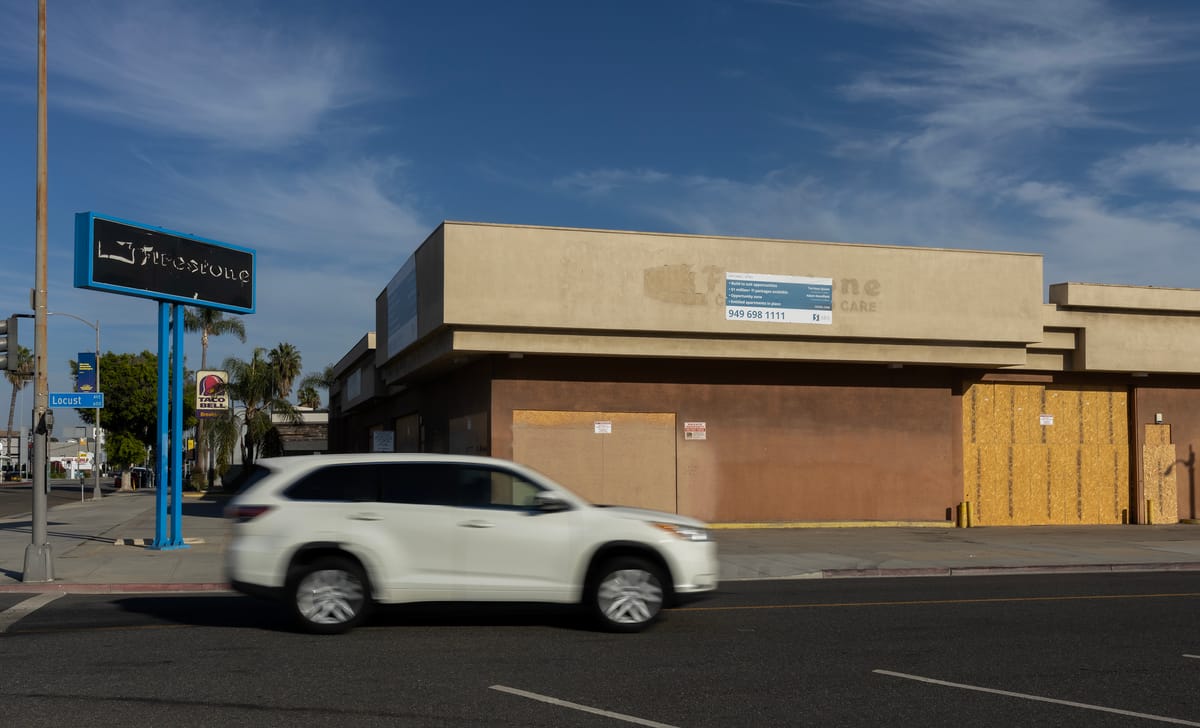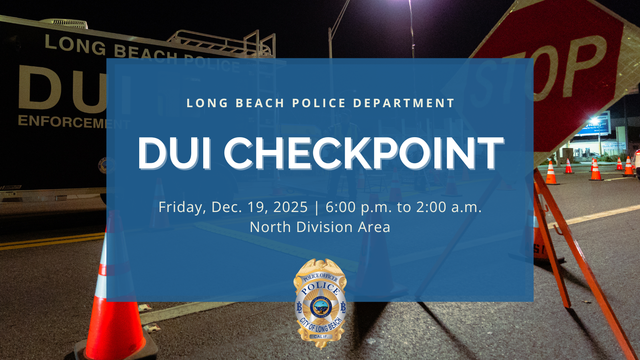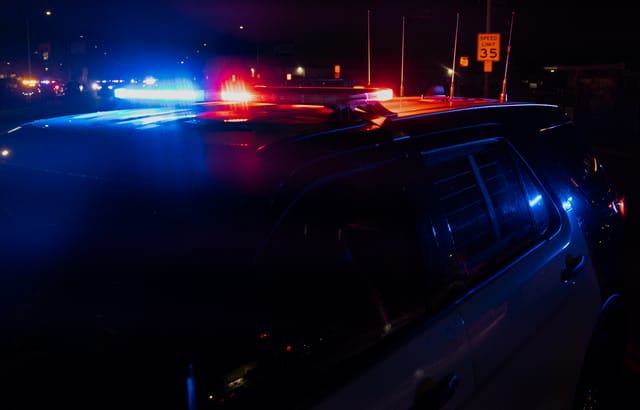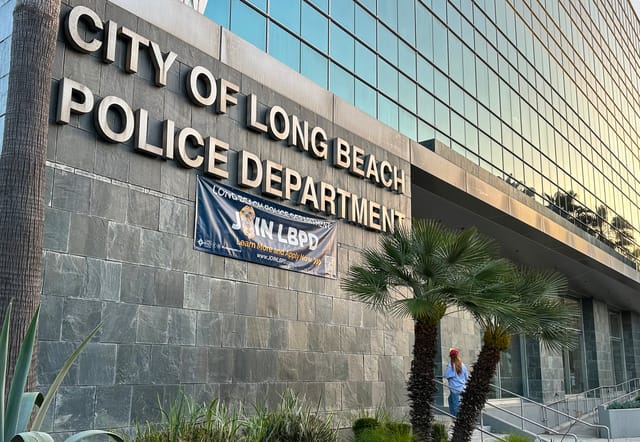Long Beach may step up enforcement on vacant properties that are neglected
Tightening rules for vacant buildings and parcels is part of a multi-pronged strategy to clean up blight and fill empty commercial spaces.

Frustrated by vacant commercial buildings that become eyesores or draw crime, Long Beach city leaders will consider a slew of rule changes that could help force negligent owners to keep up their properties.
The City Council on Tuesday will discuss potentially beefing up maintenance requirements for vacant properties and giving the city more leeway to pursue civil and criminal penalties against owners who ignore problems such as overgrown weeds, squatters and illegal dumping.
City officials have previously talked about but ultimately passed on the idea of charging fines to owners who let commercial properties sit empty to the detriment of the neighborhood. A vacant property fee isn’t on the current menu of proposals, but Councilmember Al Austin said Monday he’s hoping that some policy tweaks will help spur more active involvement from absentee landlords.
A high-demand commercial corridor runs through Bixby Knolls, yet it includes storefronts that have been vacant for more than 10 years, said Austin, who brought up the vacancy fee for discussion in 2019.
Some owners have said they struggle to fill commercial space because of parking requirements or city zoning constraints, Austin said, so the city is now working on both of those issues.
“We’re doing that and guess what?” he said. “Many of those properties are still vacant.”
As if to highlight the problem of unused real estate, the city in August launched an interactive map that shows properties for sale or lease with information on square footage and how to contact the owner or broker. On Monday, the map displayed more than 360 listings.
Austin co-signed the item for Tuesday’s council meeting, along with Councilmembers Mary Zendejas and Megan Kerr.
The report from the councilmembers includes suggestions such as strengthening the requirement that property owners work to prevent trespassing and dumping, give the city more options to punish owners who ignore code enforcement citations, study whether current fees are high enough to cover the city’s costs for monitoring vacant lots and buildings, and hire more staff for code enforcement, where more than 20% of positions were vacant as of this spring, according to the report.
In addition to the blighted look of graffiti, trash and weeds, vacant or abandoned properties can also be a public safety hazard. Long Beach firefighters last week had to carefully attack a blaze in an abandoned Downtown building that also had a gas leak, and fires in vacant buildings caused several deaths last year.
Updating regulations for vacant properties is just one of several approaches city leaders are taking. They’re also set to consider eliminating minimum parking requirements in some cases, which could make it easier to bring new businesses into older spaces, and they’re updating the zoning in several areas of the city.
“Nobody, no matter what neighborhood you live in, wants to accept anything that looks blighted,” Austin said. “Every neighborhood deserves dignity and deserves to be liveable and safe.”
The Long Beach City Council meets at 5 p.m. Tuesday in the civic chambers at 411 W. Ocean Blvd. View the agenda here.
We need your support.
Subcribe to the Watchdog today.
The Long Beach Watchdog is owned by journalists, and paid for by readers like you. If independent, local reporting like the story you just read is important to you, support our work by becoming a subscriber.





